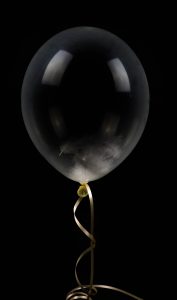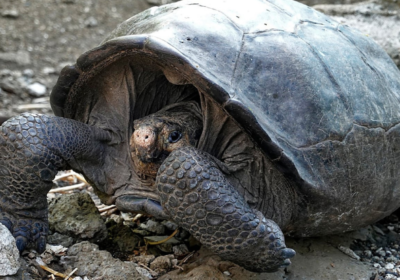Have you not been fascinated by the gas balloons that fly up in the sky as soon as you leave their strings? You must’ve surely noticed such balloons during some festivities or at some of your friends’ birthday celebrations, or even got some for your own birthday! Did you know that you could easily make these gas balloons at home, just with some adult guidance? So, let’s see how we can make our balloons fly using this amazing flying balloon experiment.

Caution! This experiment must be carried out under adult supervision only.
Materials required
Glass bottle – 1
Balloon – 1 or 2
Aluminium Foil – 1 sheet
Dranex – 1 pouch
Water
String to tie the balloon
Steps to follow
- Cut the aluminium foil into small strips and fold/crush them into small balls.
- Put the foil balls (5-10) inside the glass bottle.
- Now, empty the Dranex pouch into the bottle.
- Add little water and see what happens. Do you see bubbles getting formed inside the bottle?
- Cover the mouth of the bottle with the balloon and wait for a while.
You can shake the bottle to mix the contents well. Be careful when you do so, as the chemical reaction that takes place inside the bottle is exothermic in nature, and lets out heat. Take adult help if required. - The balloon gets inflated quickly.
- Remove the balloon from the bottle neck and tie the end.
- Let the balloon free and see it fly high up in the sky!!
Be ready with your next balloon and a string to tie it, if you still want the balloon for yourself. Have fun with the flying balloon experiment!
What we learn
Let’s examine what happened in the bottle that helped the balloon fly! The cleaning powder or Dranex that you added in the bottle contains sodium hydroxide or caustic soda. This reacted with the aluminium foil balls to produce sodium aluminate salt and hydrogen gas, which fills up the balloon.
Hydrogen being lighter than air helps the balloon fly up in the sky. In fact, hydrogen and helium are the gases that are generally used for balloon flights. So, there you go! Now you know the secret behind the flying balloon experiment.
Check our Experiments section for many more such interesting experiments.
Here’s Something You Might Like
As a participant in the Amazon Associates Program, Science4Kids may earn from qualifying purchases.




